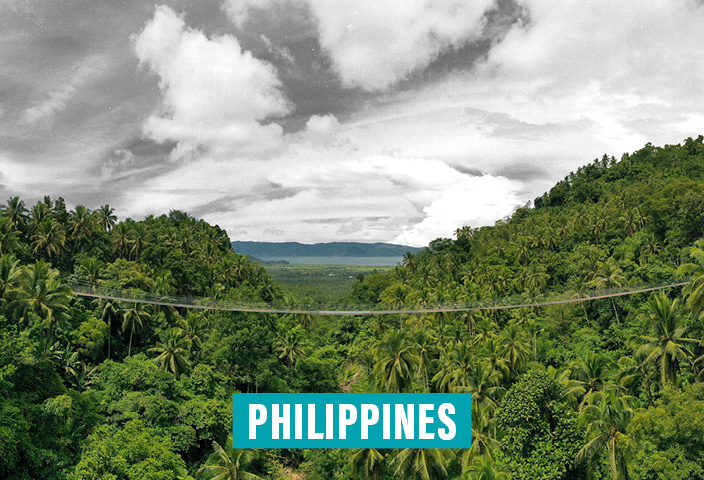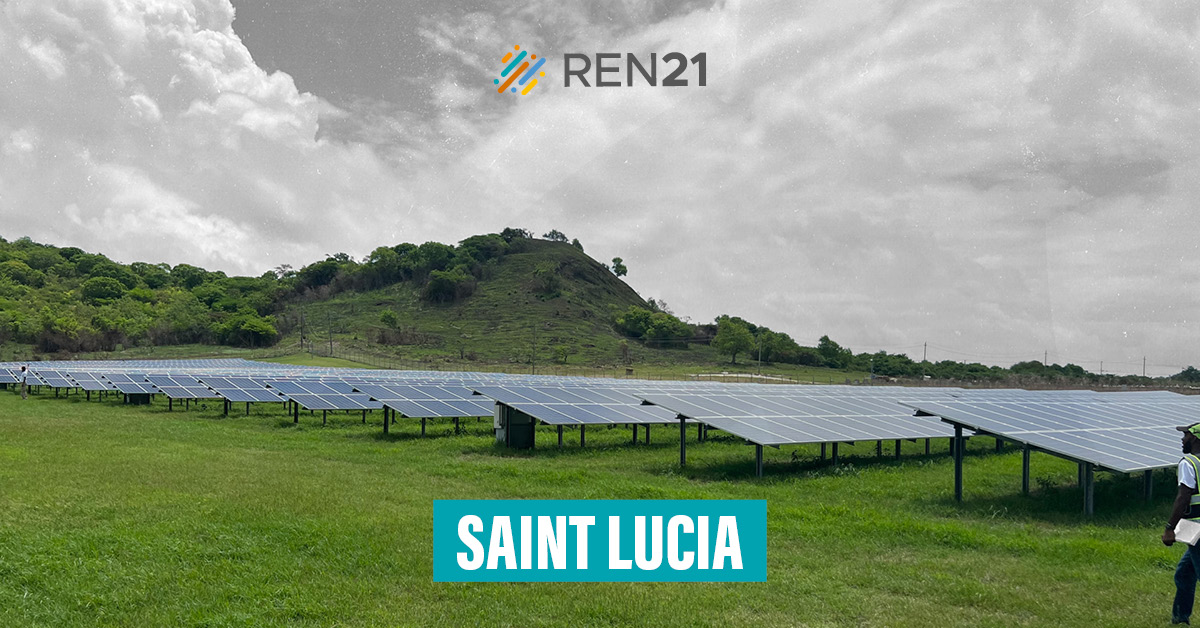Known as the “Land of Promise”, the Mindanao Island group in southern Philippines is an area, rich in resources, boasting rainforests, marine sanctuaries, eight major river basins, 33 major river systems and tributaries, and a trove of various minerals.
Mindanao’s abundant natural resources and agricultural potential makes it a vital region with unique cultural, ecological, and economic significance.
Despite this natural, cultural, and agricultural wealth, many of the 26 million people living in the second-largest island group of the Philippines grapple with deep-seated poverty, environmental degradation, and limited energy access. Coal accounted for 68% of the islands’ electricity production, while hydropower contributes just 21%, leaving the energy grid unbalanced and more than 1 million households without electricity.
Deforestation, mainly caused by big corporations which obtained licenses during President Ferdinand Marcos’ era, has reduced Mindanao’s primary forest cover from 70% in 1900 to just 6% by 2011, leading to severe ecological challenges. Sediment-filled rivers from landslides and flash floods hinder hydropower potential, making the need for sustainable solutions greater than ever.
To address poverty, lack of energy access and deforestation, Yamog Renewable Energy and Development Group championed a unique integration of renewable energy and conservation, ensuring continuous water flow for electricity generation. Through community-driven micro-hydropower systems and watershed management, Yamog delivers sustainable energy to marginalised communities while rehabilitating natural ecosystems.
Transforming Communities Through Innovation
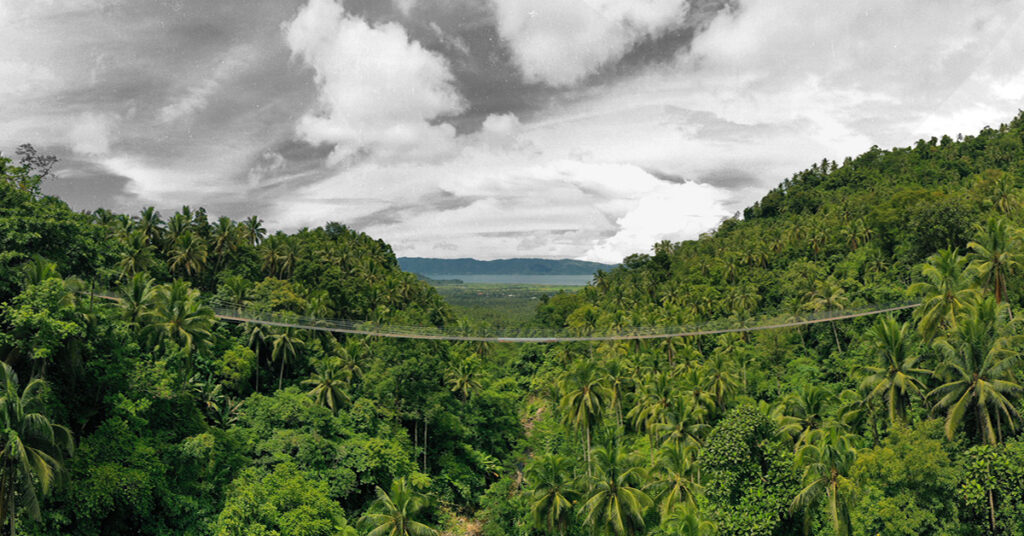
When Yamog started working in rural Mindanao, communities were reeling from lack of education, basic services, agricultural production and energy access. For many years, the government only focused on providing energy for big players while neglecting rural areas. The remote communities of Mindanao are further isolated by the absence of access roads. Based in Mindanao, Yamog were their only hope for energy access and poverty alleviation.
“Back in 1993, there was a real energy crisis all over the island of Mindanao. People were suffering and there was little chance for communities to get electricity… So why not, we thought, tap into these ecosystems to produce run-of-river micro-hydropower systems,” said Jun Jabla, Yamog’s Founder and Director.
The journey towards establishing micro-hydropower in Mindanao has not been easy, however. The system and the idea were not easily accepted in the beginning. But when people realised that it works, “many communities started approaching us for help,” said Jabla. Since they set up their first project in 1996, Yamog have established 32 micro-hydropower systems and connected more than 8,000 households (the equivalent of 40,000 people) to electricity in Mindanao and are still going strong.
“It might not sound very big. This is because these are off-grid areas, very distant communities in Mindanao, not very heavily populated of course but scattered. So, we are just able to reach out to them inch by inch, a village one year and another village next year, until we are able to expand benefits to the last frontier,” Jabla said.
Securing energy for all marginalised communities in Mindanao would take a multi-stakeholder effort, Jabla noted. Yamog are trying to bring together key actors like local governments, electricity cooperatives, the private sector and communities to address the problem as it is worsening the economic and social conditions in the region.
“It is a very big problem for an ordinary family in these areas. There are no opportunities for advancement. Poverty gets worse because you don’t have the energy to increase production. Even social services are not available, like basic lighting for children to study at night. Children are dropping out from school. Micro-hydropower is not only a solution for energy poverty but also a solution to address poverty in general,” said Jabla.
Nevertheless, Yamog’s intervention has brought important benefits to communities in Mindanao, creating new economic opportunities, introducing new norms, and empowering people, especially women. The micro-hydropower grids are powering various productive end uses ranging from corn mills, coffee processing, broom production, poultry businesses, to sewing and weaving activities. “They do not have to travel and spend so much on transportation to bring the corn harvest kilometers away to get it milled it. This was very expensive. Now they have their own corn mill energized by the micro-hydropower, they’re gaining more income for their families,” Jabla said.
Beyond spurring economic activities, micro-hydropower is changing mindsets and influencing behaviour prompting communities to take leadership.
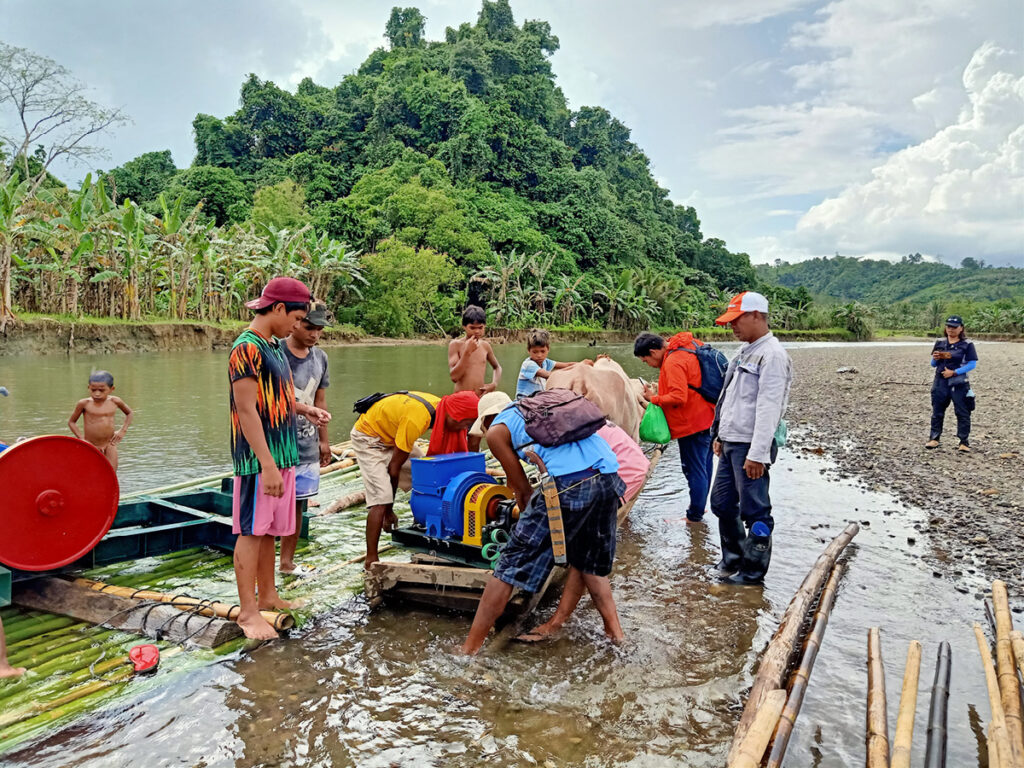
“Before people would just leave everything to the local government officials. Now they are confident when dealing with them to pursue their claim and encourage local government officials to improve their services. They now have bragging rights. They tell them, we have already produced our own electricity without help from the government. We have protected our watersheds and rivers without the help of the government. But now, we would like you as officials to do your part and help us improve access roads to get our products to markets,” Jabla explained.
In Mindanao developing the micro-hydropower system goes hand in hand with watershed protection to secure sufficient water supply to turn the turbines that feed generators at the powerhouses supplying communities. “For us, watershed protection and renewable energy are inseparable, they go together,” said Jabla.
Yamog organise workshops to trigger people’s memory to restore the watershed to its original status. “It takes maybe about one to three months before they finally develop the watershed protection and management plan. It’s an exercise of remembering, planning and trying to restore the watershed to the way it was before. They (communities) appreciate and own that process. They know what type of tree species thrive in their areas. Even children participate!” Jabla noted.
The communities planted so far more than 130,000 native trees to safeguard watersheds critical to hydropower functionality. Women are leading the watershed rehabilitation work. They gather seedlings and slowly transfer them to the watersheds. “It is painstaking and slow but people are doing it consistently,” said Jabla.
Yamog did not start off as experts in micro-hydropower. It was thanks to connections to like-minded organisations, particularly their participation in the Hydro Empowerment Network of South and Southeast Asia, that they acquired the necessary technical knowledge to venture into the system. “Through invitations, trainings, exchanges, we were able to get more technical know-how on those grey areas like the fabrication of turbines and the development of electronic load control systems. Step by step we were able to upgrade and develop better micro-hydropower systems over the years starting from scratch,” said Jabla.
The only thing they are unable to beat is climate change. Extreme weather events like typhoons and floods are damaging the micro-hydropower facilities, causing blackouts. “You know climate change is real, very real,”Jabla said.
Sitio Danao in Davao Del Sur exemplifies Yamog’s success. Here, the first women-led micro-hydro project has revolutionized energy access and livelihoods. Chairwoman Lilibeth Lominggo recalls how many households lived in darkness before Yamog’s intervention.
“Life was very difficult before the micro-hydropower system, especially for us mothers. It is very challenging to maintain a household without electricity and to support our children when they need to study at night. When we implemented our project with Yamog’s support, our community’s needs were met,” Lominggo said.
Today, renewable electricity not only powers homes but also modernises livelihoods. For women farmers, micro-hydropower supports equipment that speeds up coffee production, transforming labour-intensive work into an income-generating enterprise.
“Before, when we still didn’t have electricity, we would process our coffee manually. This took a lot of time and effort. When we accessed electricity from micro hydropower, we were able to buy and use equipment that sped up coffee milling,” said Lominggo. “We are 30 women who have improved our livelihoods and generate more income.”
Beyond Energy: Empowerment and Sustainability
Yamog’s vision extends to long-term sustainability. The group established the Renewable and Sustainable Energy Technologies (ReSET) Center, providing continuous technical support, training, and research facilities. This center enhances the sustainability of micro-hydropower systems by locally manufacturing components like turbines, reducing costs and increasing scalability.
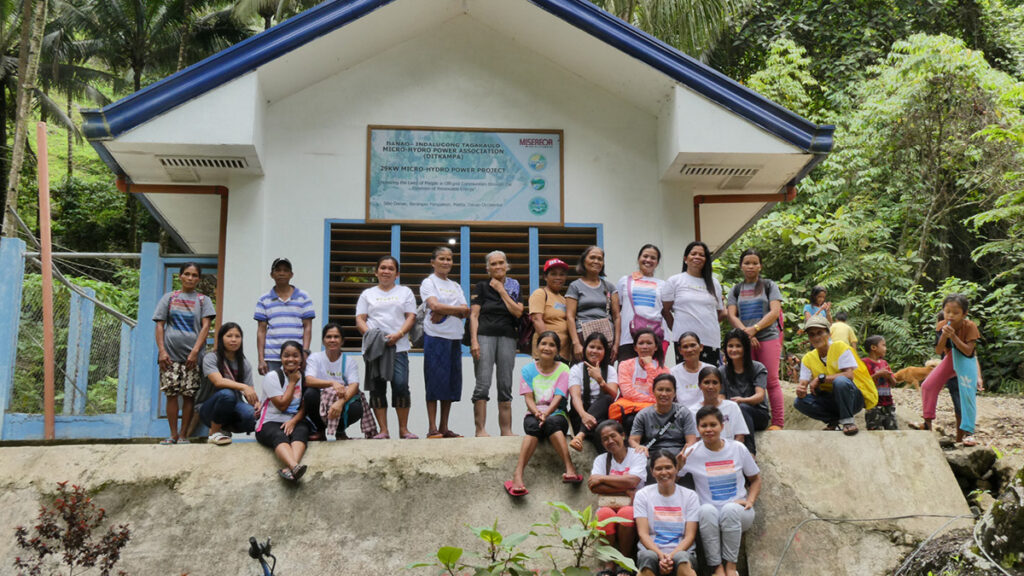
A Model for Replication
Yamog’s integrated model is inspiring neighbouring communities and provinces, proving that renewable energy and environmental stewardship can coexist.
“There are now many communities and barangays that aspire to be like Danao and achieve what we have accomplished. They’re inspired. In their view, if the women of Danao can succeed, so can they,” Lominggo said.
Yamog’s innovative coupling of micro-hydropower with conservation demonstrates how renewables can tackle energy poverty while preserving ecosystems. It is a beacon of sustainable development, blending human ingenuity with nature’s resilience. “I will continue to encourage everyone to remain united in our effort to sustain the project in the years to come because this project is needed by many more and will benefit not just us, but also our children and future generations to come,” Lominggo said.

